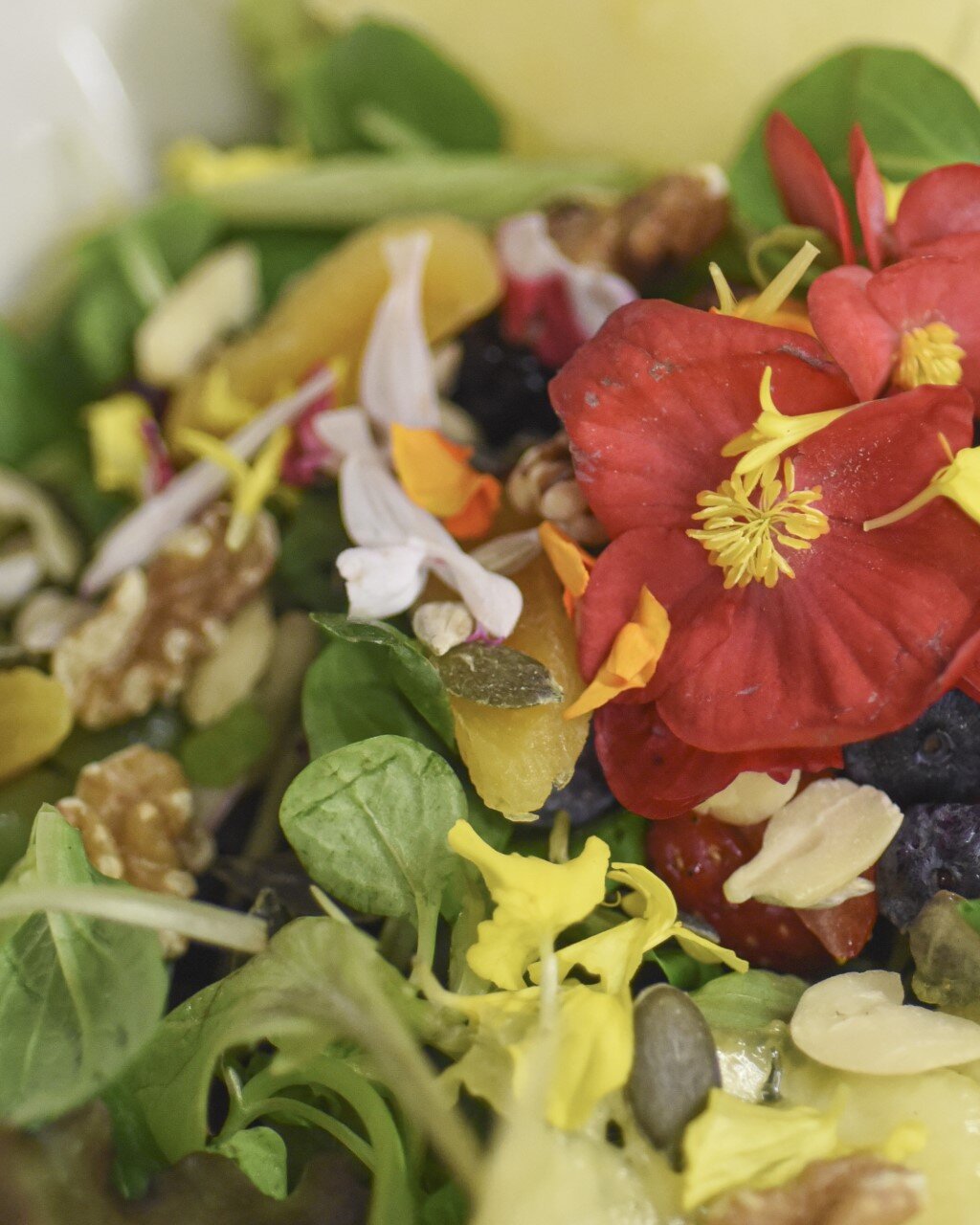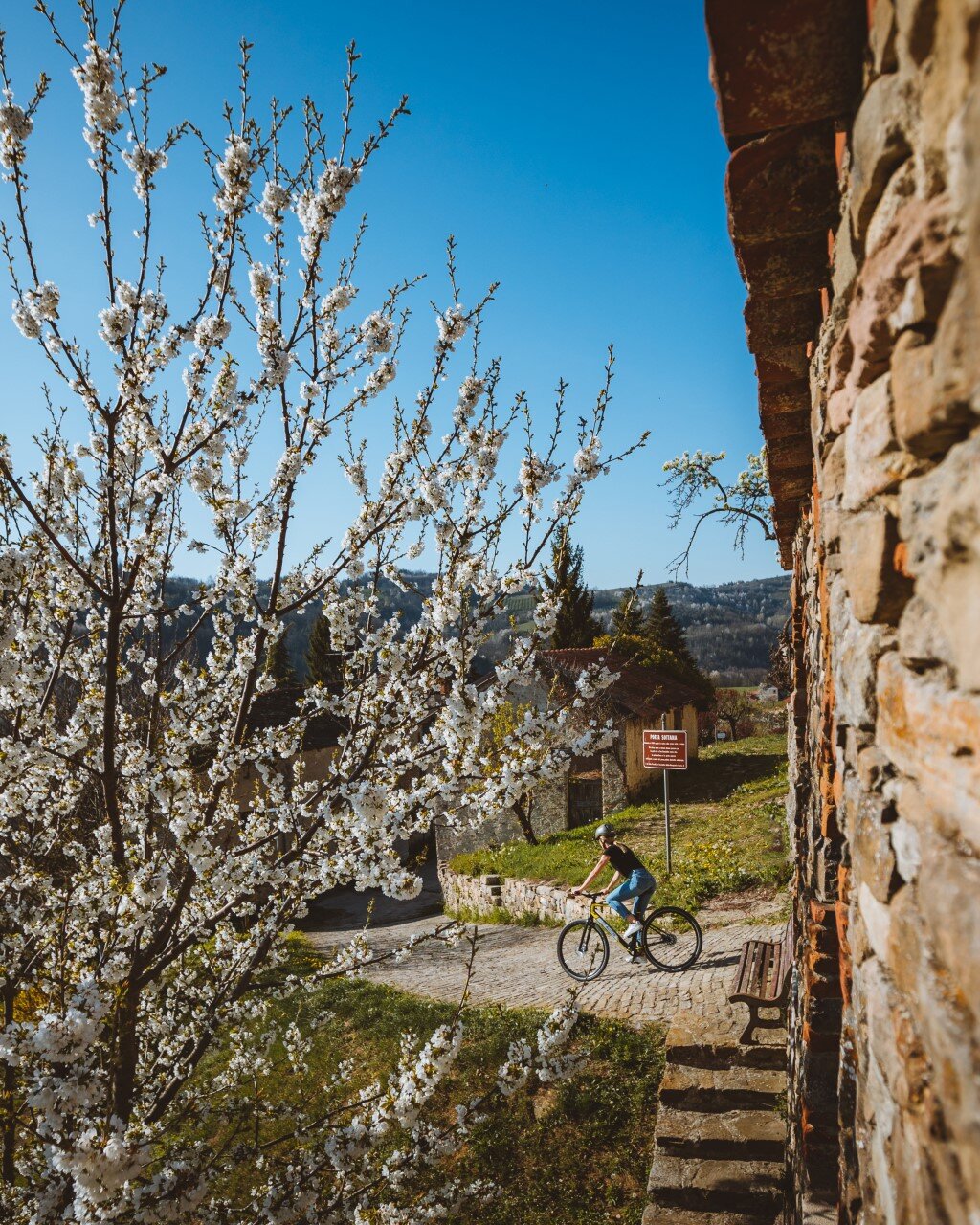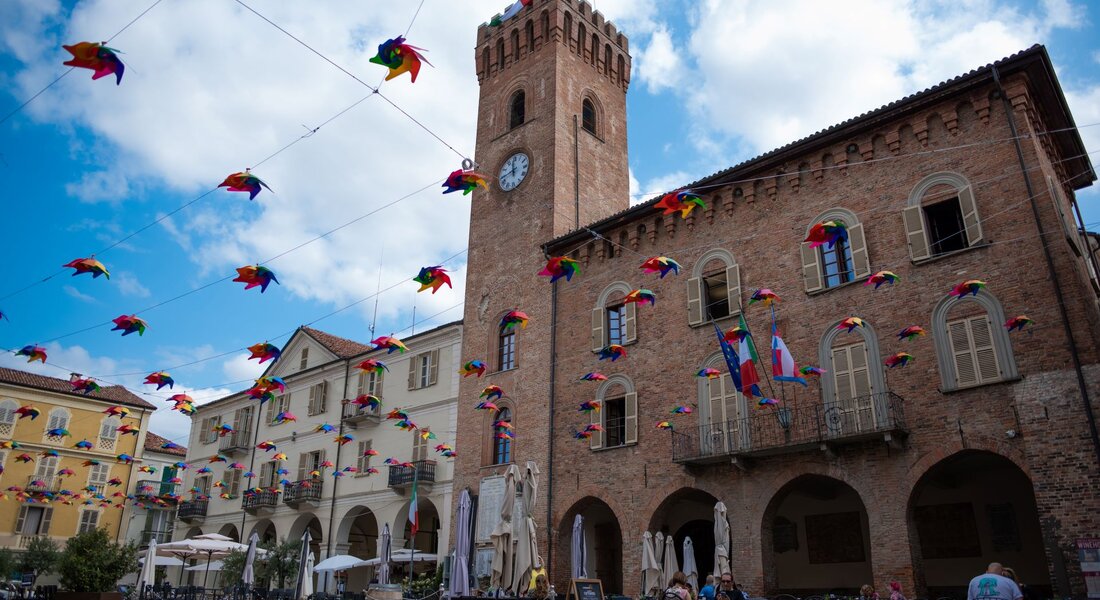Nizza Monferrato, called with affection in dialect d'la paja - of the straw, is virtually the archetype of a Piedmontese small town. With its avenues and terraces, the porticoed main street with its old shops with wooden signs and engraved shop windows, the square with the Town Hall tower, the secret courtyards dotted with shadows and gardens, the brick cellars that are home to restaurants and wine bars, the calf farming tradition (there are countless butchers with a long history and ancient fame here) and the Foro Boario, as well as old-fashioned games and challenges such as the Corsa delle Botti, the markets ( the antiques market is a must-see) and the historic fairs (San Carlo, Santo Cristo, Bue Grasso), the churches and confraternities which physically guard the religious spirit of the town, block by block, and the country churches, always on top, which bless farmhouses and buildings.
Furthermore, this small town lying between the Belbo river and the Nizza stream is proud to be the birthplace of a gourmet glory: the highly prized Cardo Gobbo ("hunchback cardoon"), the "king of Bagna Cauda". The town also has a long tradition of Amaretti biscuits, wines (above all Barbera d'Asti, which in 2014 earned the specific DOCG status with the "Nizza" appellation), truffles and a thousand trades (from anchovies to olive oil, from salt cod to cheese) extending between the sea and the plains.
Piazza del Comune, the heart of the ancient old town, right where Alessandria built the first nucleus of the villa-nova after defeating the Asti people, near the ancient Church of San Giovanni in Lanero (demolished in 1826), is the starting point: here the bell Tower, known as “El Campanòn”, soars into the sky. A symbol of the town' independence, next to the Palazzo Civico, it overlooks the sea of red tiles in the centre. The palace, which has undergone numerous restorations over the centuries, dates back to 1353, but its current shape dates back to 1883-84 when the battlements were restored and the tower, which is now 28 metres high, was erected. The Council Chamber houses the Liber Catenae, the book that collects the municipal statutes of Nicea Palearum or "Nizza della Paglia" (Nizza of the Straw ) from the 13th to the 18th century.
Find out more
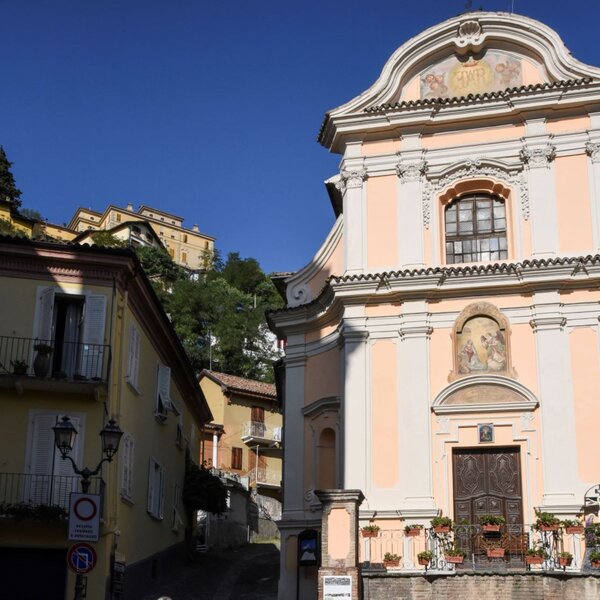
Canelli, the "Gateway to the World"
Find out moreThe square, dedicated to the Martyrs of Alexandria, is surrounded by fine buildings dating back to the 1700-1800s, including the impressive Palazzo De Benedetti. We stroll under the porticoes of Via Carlo Alberto, the "Via Maestra", with its shops and boiserie from the early 20th century. From Piazza Comunale we follow Via Pistone and then Via Gioberti, at the end of which, at number 39, we will find the so-called Casa delle Tre Palle (House of the Three Balls), because the façade is decorated with cannon balls in memory of the numerous sieges suffered by the city in the 17th century. Next we turn onto Via Spalto Nord towards the district known as "del Castello"; these place names reveal that until 1647 Nizza Monferrato was a fortified city, that is, in its triangular shape, surrounded by walls; this was precisely the Spalto to the north, protected to the west by the Castle, placed to defend the Porta di Belmonte, at the confluence of the Nizza and Belbo rivers: traces of the massive walls can still be seen in the cellars of the houses along the river.
The Nizza-Belbo confluence is nearly invisible today, but we continue along the triangle of the old town along the Belbo, in Via Cirio, to reach Piazza Cavour and cross one of the main exit routes, the one leading to Acqui Terme (the Nizza area is described in the Monferrato of Nizza itinerary). Just beyond the bridge over the Belbo river, to the left, there is Piazza Dante, where everything recalls the atmosphere of the early twentieth century of the dynamic and ambitious provincial town that sees the rush of progress in the twentieth century and wants to be part of it.
Find out more
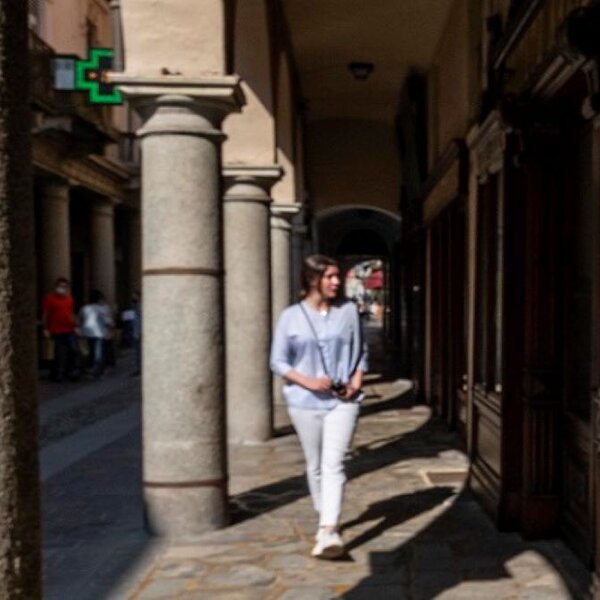
Monferrato of Nizza
Find out moreSo this is the railway station (the Cavallermaggiore-Nizza line was one of the first railway lines in the Kingdom) and, just opposite, the large winery founded by Arturo Bersano, one of the noble fathers of Piedmontese wine, whose motto "If you want to drink well, buy a vineyard" is still the cornerstone of the region's production philosophy. The fine Museo Bersano delle Contadinerie e delle Stampe Antiche sul Vino (Bersano Museum of Rural Artifacts and Antique Wine Prints) which is much more than a collection of tools and covers the last four centuries of wine history, and the "Raccolte” (Collections), a veritable archive of documentary memories of rural life, are all that is left of this heritage. The museum is also home to the goliardic Confraternity of Bagna Cauda, which awards the "Paisan Vignaiolo" prize: one of the first and most sought-after wine awards in the literary and journalistic world.
We go back to Piazza Cavour where the neoclassical Church of San Giovanni in Lanero (which has inherited only the name of the ancient chapel) awaits us, with the chapel of San Carlo Borromeo in its interior. All the churches in Nizza Monferratoi, including San Siro and Sant'Ippolito, were rebuilt in the 18th century, although they still preserve earlier furnishings and vestiges (such as the 15th-century confessionals in Sant'Ippolito).
Find out more
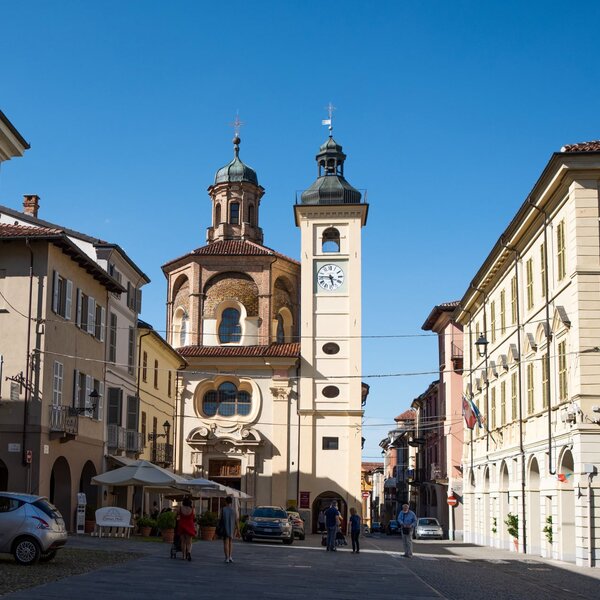
San Damiano d'Asti, a chessboard on the Borbore
Find out moreNext, we continue along Via Pio Corsi (the city's historic modernist mayor) to reach the very elegant 18th-century Palazzo Crova: built based on a design by architect Di Robilant, it has characteristic arched vaults and terracotta decorations. The first floor houses the Palazzo del Gusto (Palace of Taste), a new multimedia museum dedicated to Asti food and wine, and Art '900, 100 works of art, including paintings and sculptures from the Davide Lajolo collection (courtesy of his daughter Laurana), while the ground floor houses the Enoteca Regionale (Regional Wine Centre) di Nizza Monferrato , which enlivens the beautiful inner garden.
We then head towards the cima di Nizza (summit of Nizza) or rather Piazza Garibaldi (whose Foro Boario is now a beautiful multi-purpose centre) where many markets are held, including the remarkable antiques market, and where the Via Maestra, the main road ends. Just a few steps away (Via Pistone, at the corner of Via Cordara) and you can visit the Auditorium Trinità, a small deconsecrated church, restored by Erca ( the Accademia di Cultura Nicese), the protagonist of numerous cultural events and the loving curator of the small Jewish cemetery (just think that in Nizza Monferrato, as in Jerusalem, there is also a Garden of the Righteous).
Find out more
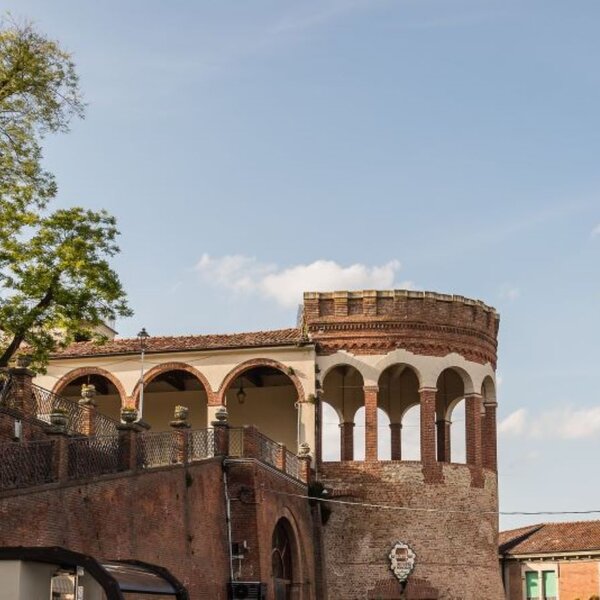
Moncalvo, Italy's smallest town
Find out moreOnce a year the barrels from the countless wine cellars race along the worn-out sterne (the cobbles) of the Via Maestra in a competition that has an antique flavour, whereas the elegant promenade in-between "shopping" and aperitifs is happening all year round. What are you waiting for?
